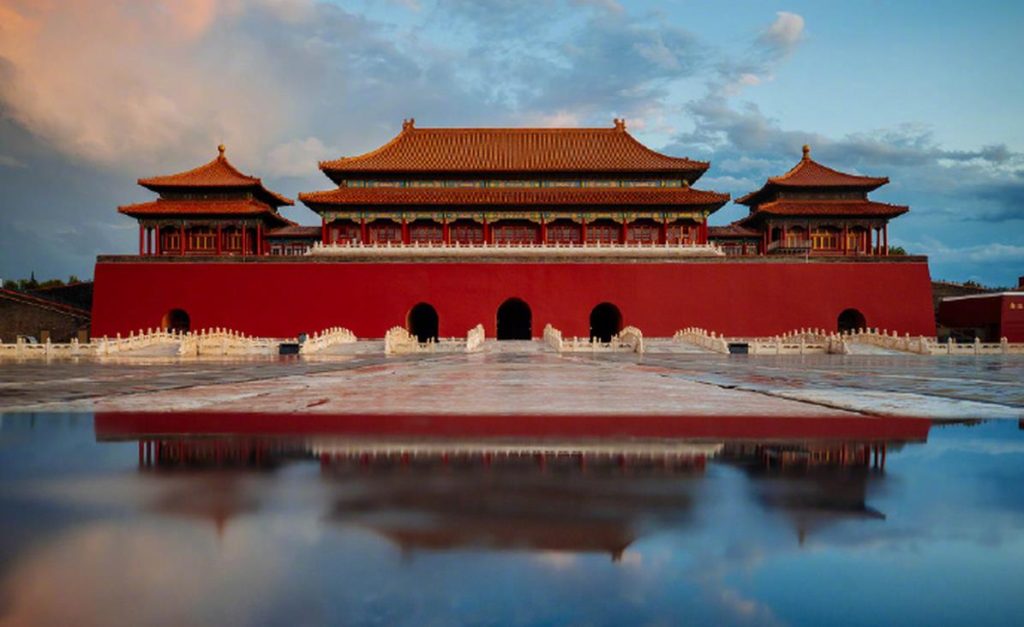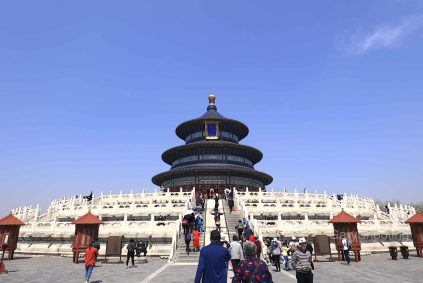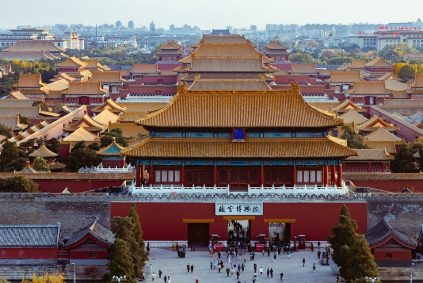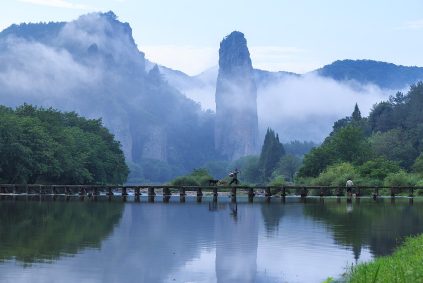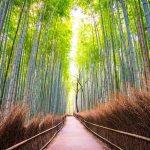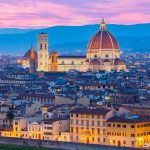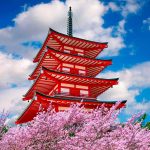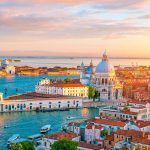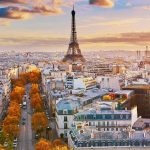Exploring the Religious and Cultural Sites of Yonghegong Lama Temple in Beijing
Yonghegong Lama Temple, a iconic Buddhist complex in Beijing, seamlessly blends architectural grandeur with profound religious significance. As a UNESCO-recognized cultural heritage site, it attracts pilgrims, scholars, and tourists alike. Here’s a detailed guide to its key religious and cultural attractions.
1. The Main Halls: Sacred Spaces for Worship and Reflection
The heart of Yonghegong lies in its majestic halls, each dedicated to specific deities and teachings.
- Hall of Harmony and Peace (Yonghegong Dian):
This grand hall serves as the temple’s entrance and focal point. Adorned with intricate carvings and vibrant murals, it houses statues of the Three Jewels of Buddhism—the Buddha, Dharma, and Sangha. Visitors often pause here to offer incense and pay respects, immersing themselves in the temple’s serene ambiance. - Hall of the Wheel of Law (Falun Dian):
A centerpiece of the temple, this hall features a colossal wooden wheel symbolizing the teachings of the Buddha. Surrounding it are lifelike statues of deities and bodhisattvas, each crafted with meticulous detail. The hall’s design emphasizes harmony between humanity and the divine, inviting visitors to contemplate spiritual truths. - Hall of Everlasting Protection (Yongyou Dian):
Dedicated to Maitreya Buddha, the future Buddha, this hall exudes optimism and hope. Its towering statue, adorned with gold and jewels, symbolizes compassion and the promise of enlightenment. Pilgrims often circle the statue three times, a traditional act of devotion, while whispering prayers for peace and prosperity.
2. The Five Main Halls Complex: A Journey Through Buddhist Iconography
Yonghegong’s Five Main Halls form a spiritual pathway, guiding visitors through the core tenets of Tibetan Buddhism.
- Hall of Heavenly Kings (Tianwang Dian):
The first hall in the sequence, it features four fierce guardian kings, each representing a cardinal direction. These statues, standing over 16 feet tall, protect the temple from negative energies and symbolize the Buddha’s victory over ignorance. The hall’s ceiling, painted with celestial motifs, adds to its mystical aura. - Hall of the Great Buddha (Daxiong Baodian):
The largest and most ornate hall, it houses a 26-meter-high Maitreya Buddha statue carved from a single sandalwood tree. The statue’s intricate details, from its serene expression to its flowing robes, reflect the artistry of Qing Dynasty craftsmen. Surrounding the Buddha are 18 arhats (enlightened disciples), each depicted in dynamic poses that convey their unique spiritual journeys. - Hall of the Law (Lvfa Dian):
This hall emphasizes the importance of Buddhist scriptures. Its altar displays sacred texts, including the Tripitaka, alongside statues of Manjushri (the bodhisattva of wisdom) and Samantabhadra (the bodhisattva of universal virtue). Visitors often linger here to reflect on the teachings etched into the temple’s cultural fabric.
3. The Courtyards and Gardens: Spaces for Contemplation and Connection
Beyond the halls, Yonghegong’s courtyards and gardens offer tranquil retreats for reflection.
- The Eastern Courtyard (Dong Yuan):
A haven of calm, this courtyard features ancient pine trees, stone pagodas, and a small pond. Its design mirrors traditional Chinese garden aesthetics, blending natural elements with man-made structures. Visitors often stroll here to absorb the temple’s spiritual energy or meditate beneath the shade of towering trees. - The Western Courtyard (Xi Yuan):
Home to the temple’s living quarters and administrative offices, this courtyard also hosts cultural exhibitions and events. Its serene atmosphere, punctuated by the sound of wind chimes and chanting monks, provides a glimpse into the daily life of the monastic community. - The Rear Garden (Hou Yuan):
A hidden gem, the rear garden offers panoramic views of the temple’s rooftops and surrounding neighborhoods. Its winding paths, lined with bamboo and peonies, invite visitors to slow down and appreciate the interplay between nature and spirituality.
4. The Cultural Relics and Artifacts: Preserving Buddhist Heritage
Yonghegong’s museums and exhibition halls showcase a rich collection of religious artifacts and historical treasures.
- The Relic Hall (Fowu Guan):
This hall displays sacred relics, including fragments of the Buddha’s teeth and bones, as well as ancient manuscripts and thangkas (Tibetan Buddhist paintings). Each item tells a story of devotion and cultural exchange, offering insights into the temple’s role as a center of learning and pilgrimage. - The Bronze Statue Gallery (Tongzuo Guan):
Featuring a diverse array of bronze statues, this gallery highlights the artistic evolution of Buddhist iconography. From delicate bodhisattvas to fierce protector deities, the sculptures reflect the skill and creativity of generations of artisans. - The Thangka Exhibition Hall (Tangka Zhanlan Ting):
Thangkas, with their vibrant colors and intricate details, are a hallmark of Tibetan Buddhist art. This hall curates rotating exhibitions of thangkas, allowing visitors to trace the evolution of this art form over centuries.
Tips for Visiting Yonghegong Lama Temple
- Dress modestly: As a place of worship, the temple requires visitors to dress respectfully. Avoid sleeveless tops, shorts, or revealing clothing.
- Maintain silence: The temple’s halls and courtyards are sacred spaces. Keep noise to a minimum and refrain from taking photos during services or in restricted areas.
- Follow etiquette: When offering incense or lighting candles, follow the guidance of temple staff or local visitors. Bowing or prostrating is optional but appreciated as a sign of respect.
By approaching Yonghegong with curiosity and reverence, you’ll uncover layers of cultural and spiritual significance that continue to inspire generations. Enjoy your journey!

